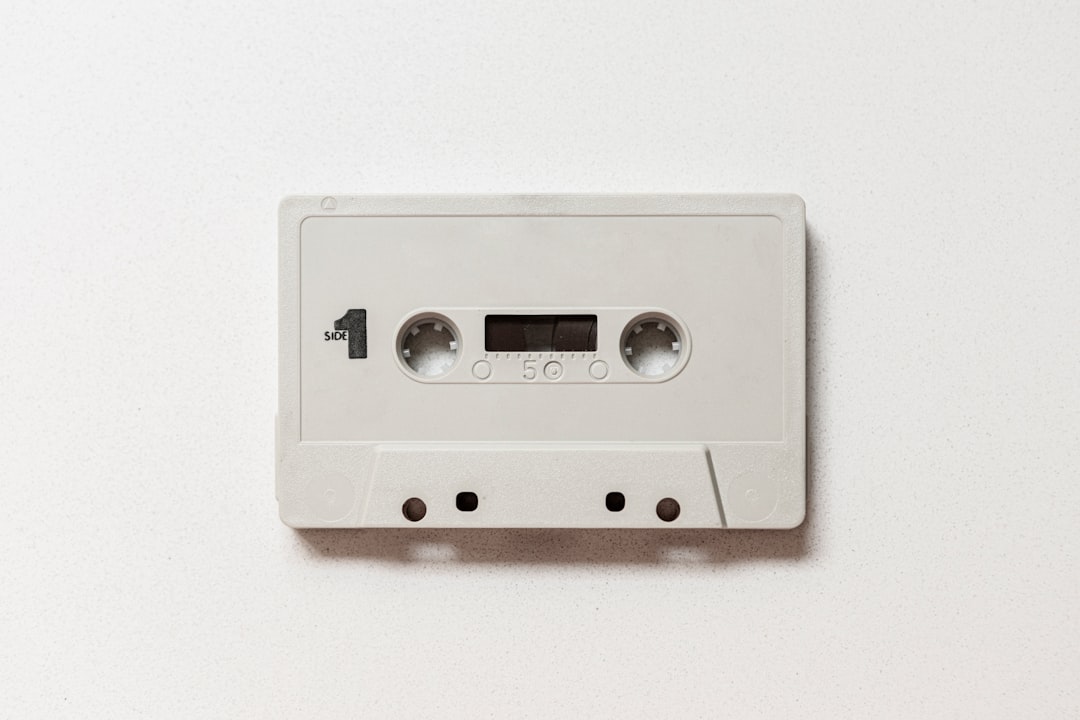Art Therapy: Benefits and Practices
Art therapy is a form of therapy that uses creative processes such as drawing, painting, and sculpting to improve mental health and well-being. It allows individuals to express themselves and explore their feelings through art, allowing them to communicate their emotions in a non-verbal way. Art therapy can be beneficial for individuals of all ages, from children to older adults, and can be used to address a variety of mental health issues.
One of the key benefits of art therapy is its ability to help individuals process and cope with their emotions. By engaging in the creative process, individuals can express feelings that may be difficult to put into words. This can be especially helpful for those who struggle with verbal communication or have experienced trauma. Art therapy provides a safe space for individuals to explore their emotions and work through difficult experiences.
In addition to emotional expression, art therapy can also help improve cognitive function and enhance self-awareness. Engaging in creative activities can stimulate the brain and improve memory, problem-solving skills, and focus. This can be particularly beneficial for individuals with cognitive impairments or other neurological conditions. Furthermore, art therapy encourages self-reflection and introspection, allowing individuals to gain a deeper understanding of themselves and their emotions.
Another benefit of art therapy is its ability to reduce stress and anxiety. Creating art can be a calming and meditative process, helping individuals to relax and unwind. The act of focusing on the creative process can also distract individuals from negative thoughts or worries, promoting a sense of calm and well-being. As a result, art therapy can be an effective tool for managing stress and improving overall mental health.
There are various practices and techniques used in art therapy, depending on the individual’s needs and goals. Some common approaches include drawing, painting, sculpture, and collage. Therapists may also incorporate other modalities such as music, dance, or poetry to enhance the creative process. The goal of art therapy is not to create a masterpiece, but rather to use art as a means of self-expression and exploration.
In conclusion, art therapy offers a unique and powerful way to promote mental health and well-being. By engaging in creative activities, individuals can express their emotions, improve cognitive function, and reduce stress and anxiety. Whether you are struggling with mental health issues or simply looking to enhance your self-awareness, art therapy can be a valuable tool for personal growth and healing. If you are interested in exploring art therapy further, consider seeking out a qualified therapist who can guide you through the process.
For more information on Buy spotify streams contact us anytime.

